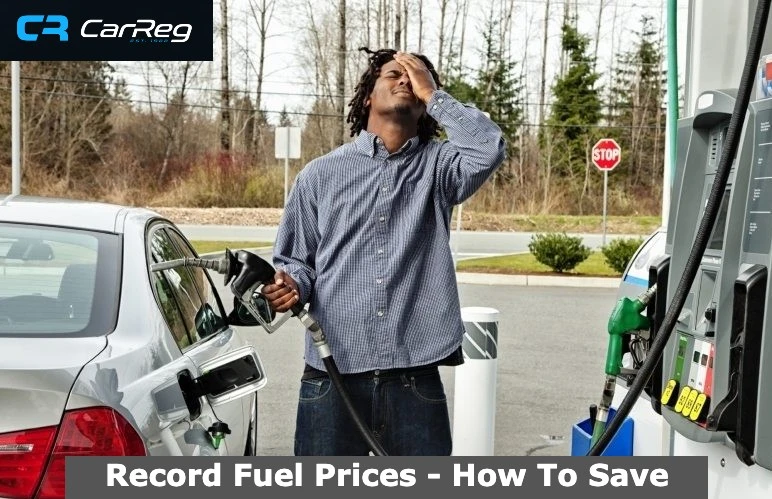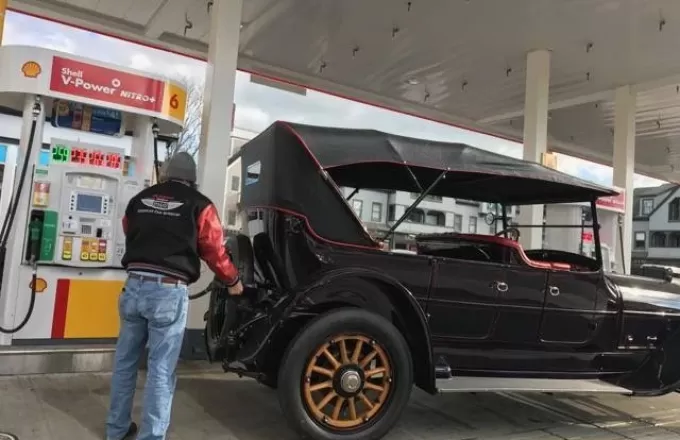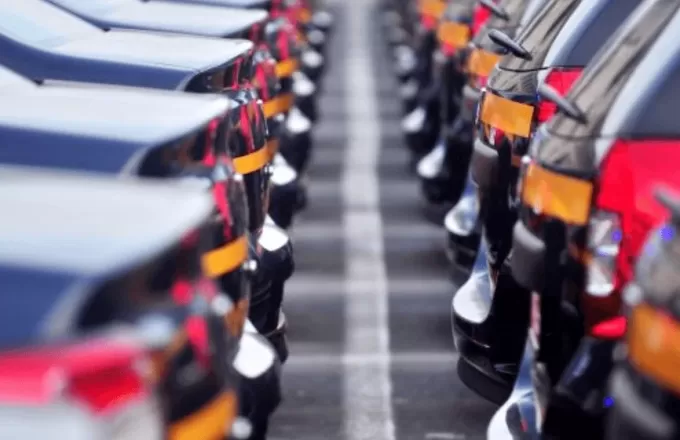How to Save Fuel While Prices Are at Record High
With fuel prices at the pumps at a record high and Chancellor Rishi Sunak’s 5 pence cut in fuel duty making little impact, the cost of driving has skyrocketed. When you fill up your car it’s now more important than ever before to make each tank of fuel go as far as possible.
So, we at CarReg have put together some handy driving and maintenance tips for improving the fuel efficiency of your car. By following these pointers, you could save hundreds of pounds every year.
Keep Your Car Well Maintained
A well-maintained vehicle will run at its most efficient as well as helping its resale value when it’s time to sell. Research shows that regular servicing and changing the engine oil, blocked air filters and old spark plugs can reduce fuel consumption by up to 10%, saving you up to £147 per year.
Essential Journey's / Work from home
After many employees worked effectively from home during the 2020 Covid pandemic, many companies have adopted excellent working from home procedures with increased efficiency in some areas. If your employment allows, work from home as much as possible and save hundreds of pounds a year in the process. Also many face to face business meetings are being replaced with online Teams/Zoom meetings to save both travelling time and money.
Ensure Your Tyres Are Correctly Inflated
Having your car’s tyres over- or underinflated is not only dangerous, but also causes them to wear unevenly and costs you more in fuel. In normal use tyre pressure can drop by around 2 pounds in a month. It’s been shown that tyres underinflated by just 6psi will cause your car to use 10% more fuel. Motorists driving the UK’s average annual mileage can save nearly £200 a year just by checking their tyre pressure every couple of weeks.
Drive Gently
Harsh acceleration and braking can cost you up to 60% more in fuel. Pull away from a stop gently and read the road ahead to avoid having to brake hard. Approach traffic lights and stationary traffic slowly so you can come to a gentle stop. You’ll find that the savings add up over the year.
Use ECO Mode
If your car has an ECO driving mode use it, especially around town, as it can save you up to 5% in fuel. By reducing throttle response and engine output, ECO mode will help you use less fuel. With an automatic gearbox, it will also select the most economical gear based on the engine load.
Combine Short Journeys
Starting and driving your car from cold can use up to twice as much fuel as when it’s warmed up. If you’ve got several short journeys planned, try to combine them into one trip to avoid too many cold starts.
Avoid Idling
An idling engine wastes fuel and emits more harmful CO2 into the air. So, avoid starting your car until you’re ready to set off and plan your route to avoid traffic jams by checking for travel updates on your journey. If your car has a stop/start system, keep it turned on to save fuel when you stop.
Consider the Aerodynamics
Your car is designed to be aerodynamic, but driving with the windows and sunroof open or with a roof rack or box on top will reduce the fuel efficiency. Try to fit everything in the car and, if you need to use a roof rack or box, remove it when you’re not using it.
Buy Personalised Number Plates
Okay, personalised number plates won’t actually improve your car’s fuel economy. But while you’re driving around more gently and slowly, more people will have time to admire your unique registration!




